Weight loss drugs like Wegovy and Ozempic have successfully helped many people lose a ton of weight in a short period of time. However, there has been an issue that some have run into: When you stop getting the weekly injections, people are gaining back the weight. But according to JJ Virgin, triple-board certified health expert, Fitness Hall of Famer & 4x New York Times best-selling author, there are ways to prevent Ozempic weight regain. In a new YouTube video, the celebrity nutrition expert reveals exactly how to make weight loss drugs work for you – and how to sustain your weight loss.
1. There Are a Number of Side Effects of Weight Loss Drugs

In the video she addresses a few of the common side effects of Ozempic, including potential rebound weight gain, loss of muscle mass, and Ozempic face. She explains that the drugs work by helping you tame your appetite and balance your blood sugar, and that if you are “weight loss resistant” they can give you the “edge you need.”
Related: 5 Secrets to Success Before You Start Your Next Diet
2. However, You Can Avoid Them
“However, the last thing you want to do is lose a lot of precious metabolism, supporting muscle, or gain the weight right back when you go off of them,” she continues. And, “the drug costs a lot, and “these side effects are going to cost you way more than that in the long term.”
3. Anytime You Lose Weight on a Diet, You Will Lose Muscle Mass

She explains that when you go on any sort of a diet where you are losing weight, you are going to lose fat along with muscle mass. “If you lose muscle and fat, you are going to have this thing called metabolic adaptation after the diet. This is where your resting metabolic rate is lower than it was before the diet,” she says. One study found that one year after people stopped getting weekly semaglutide shots, they regained two-thirds of their prior weight loss, “with similar changes in cardiometabolic variables.”
4. Resistance Training Can Help Prevent It

While it is “always going to happen,” when you lose weight, there are ways to prevent it from being “lower than it should.” One key component to minimize muscle mass loss is “you're going to need to do resistance training and minimally you're going to need to move each major body part,” she says, recommending two to three days a week of exercise.
Related: 13 Proven Workouts for Building a Powerful Chest
5. She Also Recommends Amping Up Protein Intake

She also recommends amping up protein intake. “Basically, you're going to want your daily range to be somewhere between 0.7 to one gram per pound of your target body weight,” she adds. She recommends “lean healthy sources” like grass-finished filet Turkey, pastured chicken, eggs and egg whites, whey protein, bone broth protein, and pea protein.
6. Also, Increasing Fiber Helps

You should also eat fiber, “from non starchy vegetables” and “eat from the rainbow,” she adds. “You want different types of fibers, prebiotic fibers, resistant starch. So you want different fibers and you want different colors. They represent different plant nutrients, different polyphenols. They all have different impacts on your gut microbiome, and we're rehabbing your gut microbiome here,” she continues.
Related: #1 Weight Loss Food Mistakes You Are Making
7. Fruit, Good Fats, and Seeds Are Also Beneficial for Gut Health

As you “start to taper off” the drugs, “your own gut can start to produce what it needs to produce to tell you that you are full,” she points out. She also recommends two servings of fruit, whole fats, “things like avocados, nuts, and seeds,” and greens and eating all meals “within a 10 to 12 hour window”
8. And, Hydrate

Making sure to hydrate is also important, because “what happens with these drugs is dehydration.” Hydrating helps detox the body, she explains, recommending drinking at least half your body weight in water in ounces. “If you are mildly dehydrated, it's going to slow down your metabolism and then also it actually makes you store fat,” she adds. She also adds electrolyte to her water.
9. Take Supplements to Compensate for the Decrease in Calories

She also recommends “a good foundational supplement, a daily multivitamin, mineral, antioxidant, essential fatty acid formula to make sure you're covering all your bases since your calories are going down,” she says. “Here's another thing that I want you to take: Creatine monohydrate,” she says, explaining that studies have found that it helps people avoid losing muscle as they age.
Related: I Lost 40 Pounds in 4 Months With These Simple Tricks
10. Bottom Line: Weight Training and Healthy Eat Can Help Mitigate Ozempic Side Effects

While taking weight loss drugs like Ozempic may come with side effects – like gaining weight after you stop getting the injections – Virgin offers up a good argument that you can mitigate them by pairing healthy eating with regular strength training workouts.
💪🔥Body Booster: Anytime you lose weight – whether from dietary changes or taking a drug like Ozempic – along with fat loss you are going to lose muscle mass. This can result in rebound weight – unless you take steps to mitigate the weight gain.








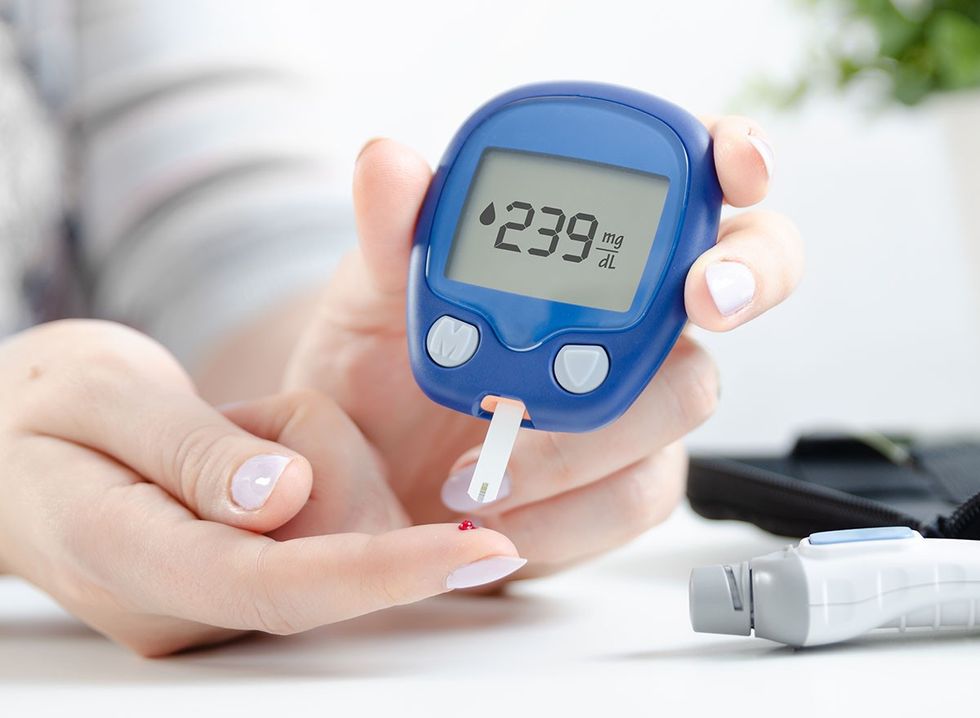
 What Happens to Your Body When You Stop Emotional EatingShutterstock
What Happens to Your Body When You Stop Emotional EatingShutterstock Shutterstock
Shutterstock Shutterstock
Shutterstock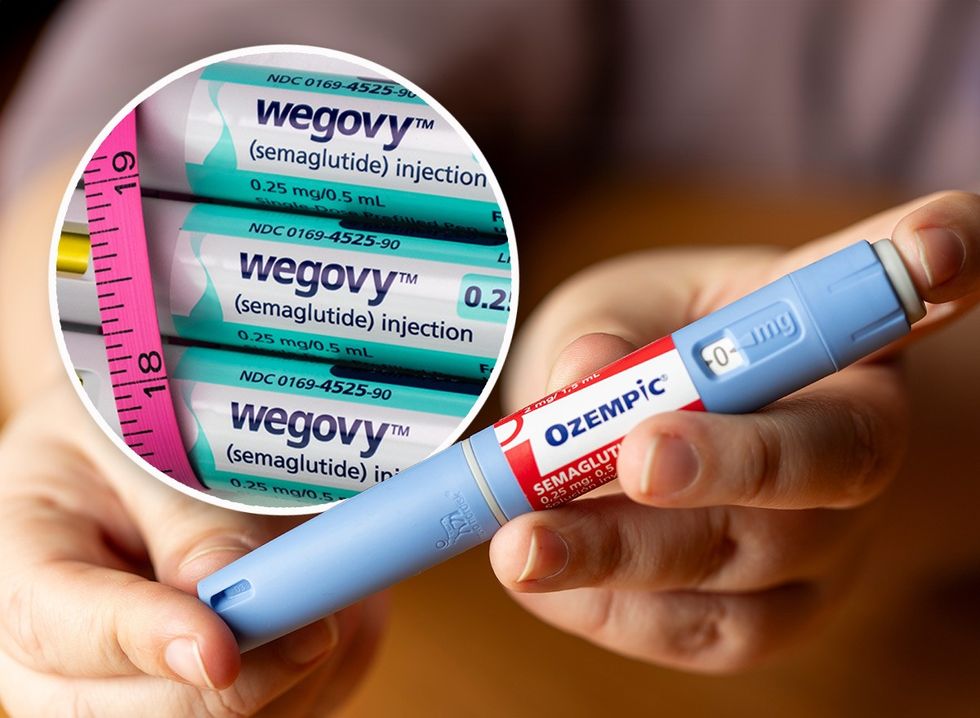 Wegovy vs Ozempic: Pros and Cons for Weight Loss TreatmentShutterstock
Wegovy vs Ozempic: Pros and Cons for Weight Loss TreatmentShutterstock And Now, Some Are Recommending MicrodosingShutterstock
And Now, Some Are Recommending MicrodosingShutterstock







 Shutterstock
Shutterstock Shutterstock
Shutterstock Shutterstock
Shutterstock Shutterstock
Shutterstock
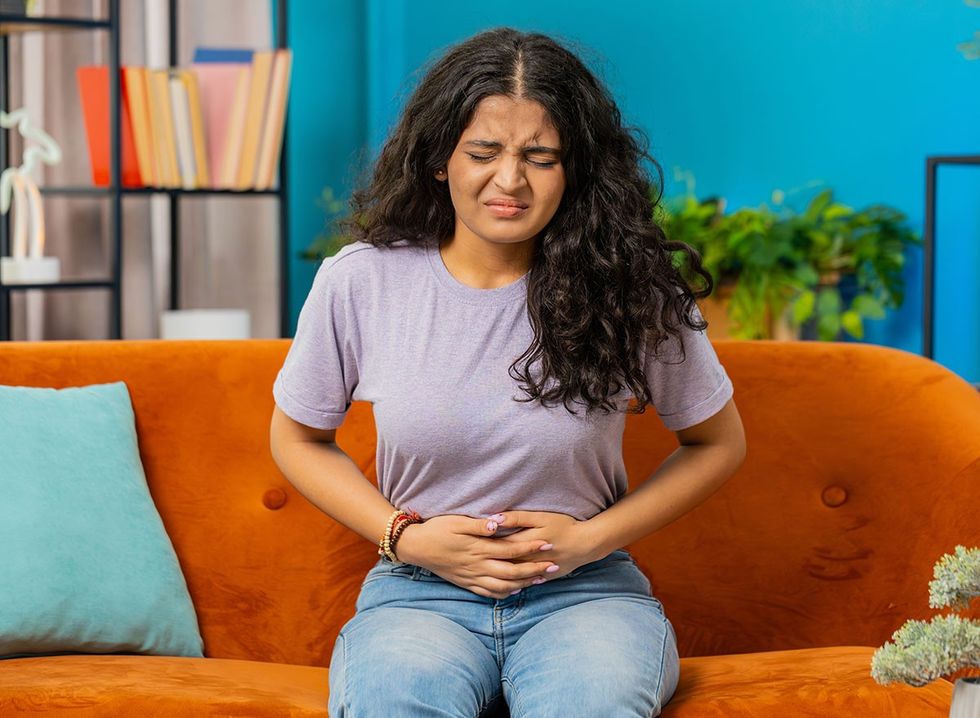

 Shutterstock
Shutterstock
 How to Make Evening Walks a HabitShutterstock
How to Make Evening Walks a HabitShutterstock Shutterstock
Shutterstock Shutterstock
Shutterstock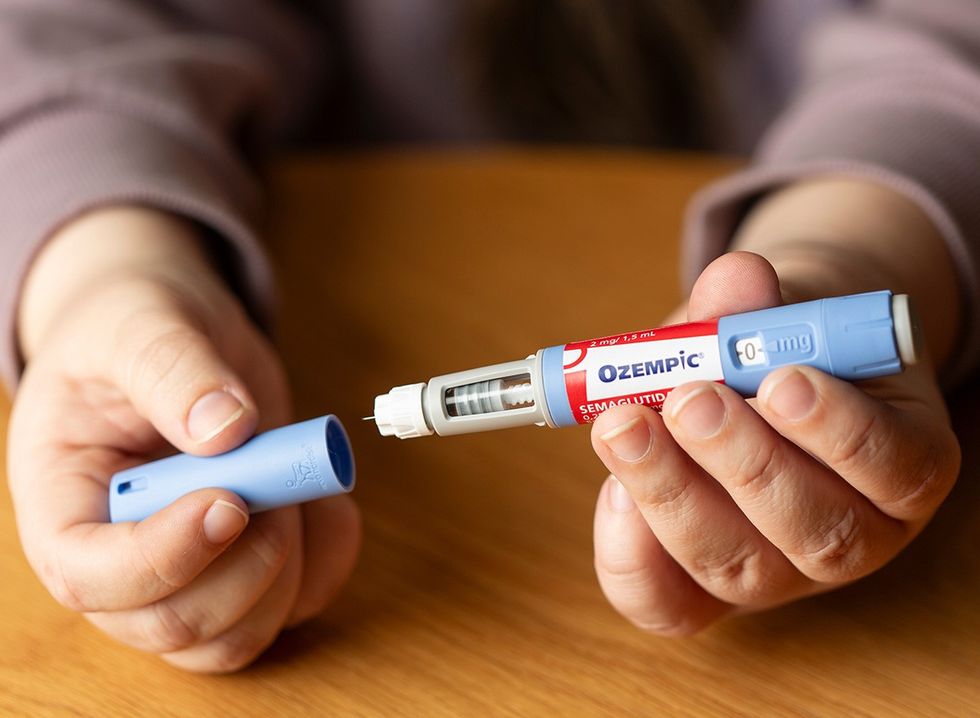 Shutterstock
Shutterstock Shutterstock
Shutterstock Shutterstock
Shutterstock Shutterstock
Shutterstock Shutterstock
Shutterstock
 Shutterstock
Shutterstock
 Shutterstock
Shutterstock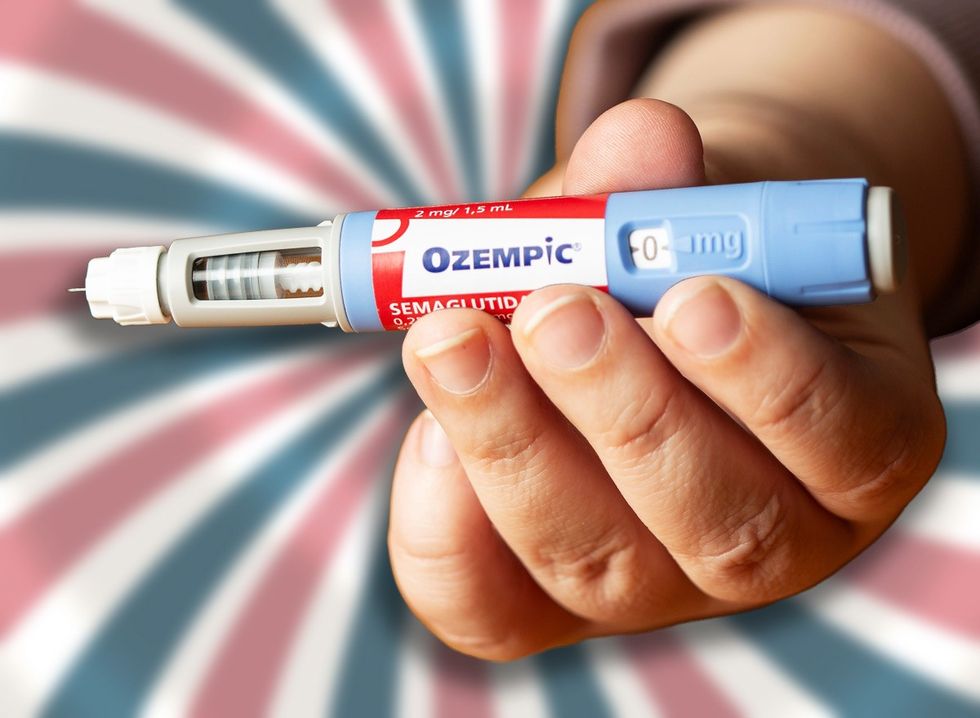 Shutterstock
Shutterstock

 Combining Natural GLP-1 Boosters for Maximum ResultsShutterstock
Combining Natural GLP-1 Boosters for Maximum ResultsShutterstock Myth 4: Fat Is Bad For Your HeartShutterstock
Myth 4: Fat Is Bad For Your HeartShutterstock

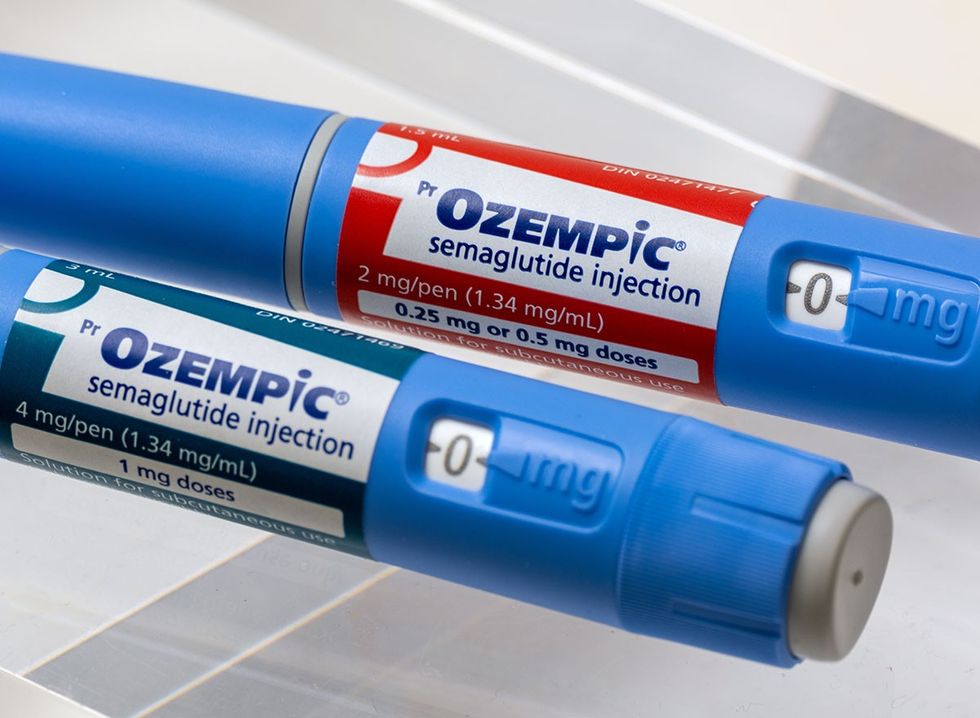 These Were Game ChangersShutterstock
These Were Game ChangersShutterstock Creating Sustainable HabitsShutterstock
Creating Sustainable HabitsShutterstock DinnerShutterstock
DinnerShutterstock Wegovy vs Ozempic: Pros and Cons for Weight Loss TreatmentShutterstock
Wegovy vs Ozempic: Pros and Cons for Weight Loss TreatmentShutterstock
 Shutterstock
Shutterstock Shutterstock
Shutterstock Shutterstock
Shutterstock Shutterstock
Shutterstock Shutterstock
Shutterstock Shutterstock
Shutterstock Shutterstock
Shutterstock Shutterstock
Shutterstock Shutterstock
Shutterstock Shutterstock
Shutterstock Shutterstock
Shutterstock Shutterstock
Shutterstock Shutterstock
Shutterstock Shutterstock
Shutterstock Shutterstock
Shutterstock Shutterstock
Shutterstock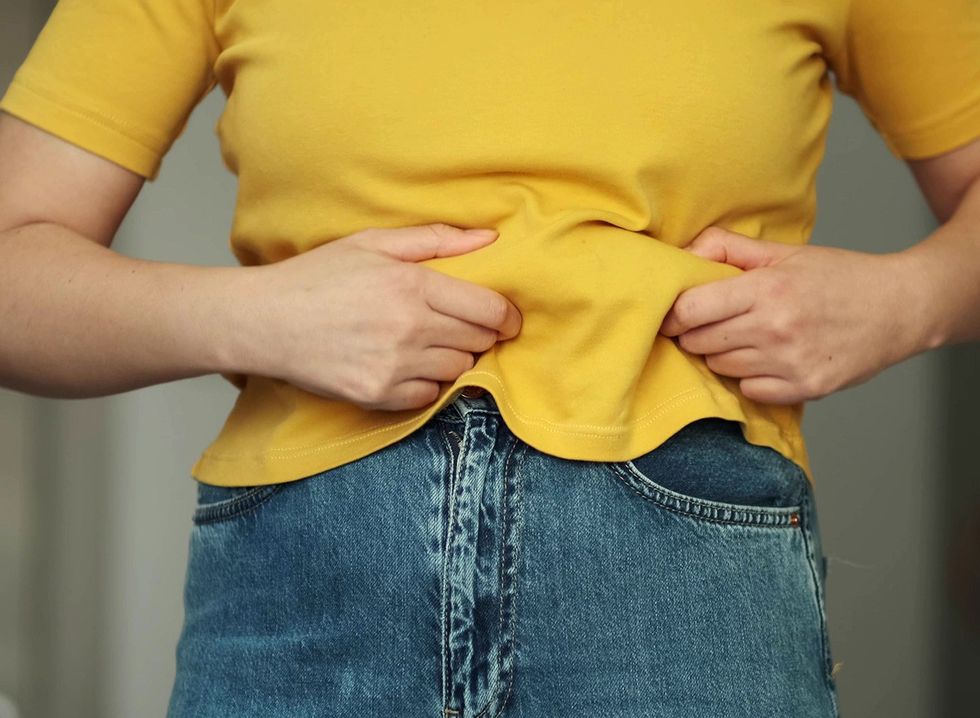 Shutterstock
Shutterstock

 I'm a Nutritionist and These 9 High-Protein Snacks Keep My Clients Full While Losing 50 Pounds
I'm a Nutritionist and These 9 High-Protein Snacks Keep My Clients Full While Losing 50 Pounds
 Shutterstock
Shutterstock 2. Processed FoodsShutterstock
2. Processed FoodsShutterstock Shutterstock
Shutterstock Shutterstock/Prostock-studio
Shutterstock/Prostock-studio Shutterstock
Shutterstock Pro TipsShutterstock
Pro TipsShutterstock Shutterstock
Shutterstock Shutterstock
Shutterstock Shutterstock
Shutterstock Shutterstock
Shutterstock Don’t Drink as Much AlcoholShutterstock
Don’t Drink as Much AlcoholShutterstock Most Women on GLP-1s Are Making a Few Common MistakesShutterstock
Most Women on GLP-1s Are Making a Few Common MistakesShutterstock Soda and Sugary DrinksShutterstock
Soda and Sugary DrinksShutterstock Shutterstock
Shutterstock Eat BreakfastShutterstock
Eat BreakfastShutterstock And Improve Insulin SensitivityShutterstock
And Improve Insulin SensitivityShutterstock Belly Flab Strip Tip: Sugar and Fat Calories Leave Its Mark on Your BodyShutterstock
Belly Flab Strip Tip: Sugar and Fat Calories Leave Its Mark on Your BodyShutterstock Shutterstock
Shutterstock 3. Deep-Fried ItemsShutterstock
3. Deep-Fried ItemsShutterstock